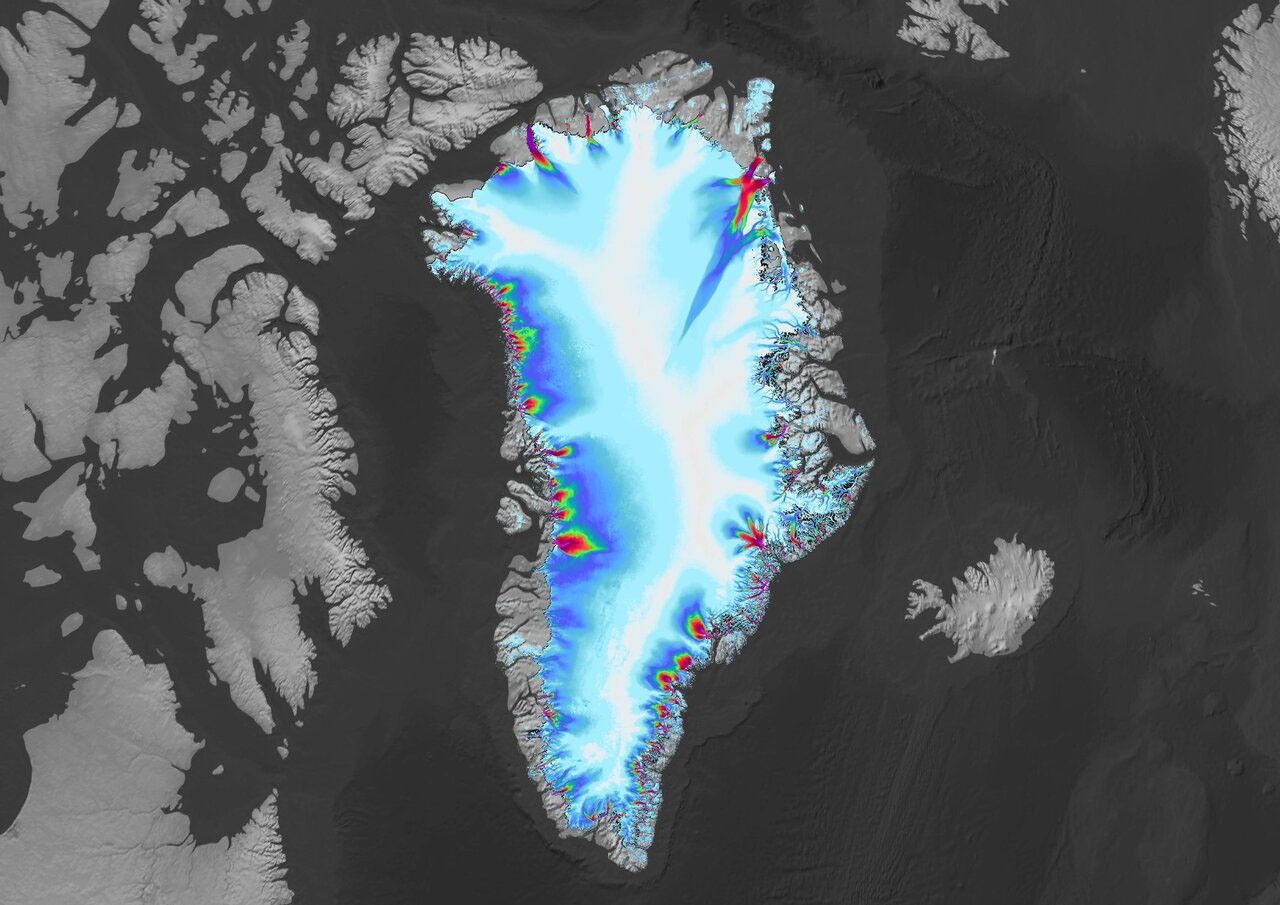Introductory Guiding Question
How are weather and climate different?
Heliophysics Big Idea 1.3
Educator Background
-
Climate describes a range of an area's typical weather. Earth has many different climates. Climates differ by location on Earth, but ultimately all of Earth's climates are driven by the amount of Sunlight reaching Earth.
-
Learning Constraints
Students at this level begin to learn about how sunlight warms the Earth in grade K (K-PS3-1,2), and by grade 4 they know that sunlight can transfer energy (4-PS3-2). Stewardship of Earth is a major theme at every grade level. At the grade 3 level, students can define what climate is (3-ESS3-2) and in grade 4 they are able to identify the impact of using non-renewable resources on Earth's systems, which includes air pollution from burning fossil fuels (4-ESS3-1). At the grade 5 level students are defining Earth's systems, including the atmosphere (5-ESS2-1).
-
Connect to Heliophysics
Connect to the Sun by emphasizing that energy from sunlight heats the land, water, and air. Some of the heat is reflected back into space, some of the heat is absorbed by Earth's systems. If too much heat is reflected or absorbed, Earth's systems aren’t able to support life. By burning fossil fuels, as well as other activities, humans are changing how the Earth's systems reflect and absorb sunlight. It is important, at all levels, to distinguish the causes of long-term and short-term climate change. The Sun is the main source of energy for Earth (sunlight). This energy input has changed over long time scales (millions of years), causing natural climate change (e.g. ice ages). However, it is essential to emphasize that humans, through the disruption of Earth’s energy budget, cause climate change over a much shorter time scale (decades to centuries). The result is the biosphere cannot adapt quickly enough to overcome these rapid, artificial changes without causing extinction events for some species (3-LS4-4).Extend student exploration by discussing how different surfaces reflect and absorb sunlight, causing some surfaces to remain cool (snow, ice, cement), while other surfaces become hot (asphalt). Changing the surface of the land, for example by removing trees and adding more roads and buildings, can also contribute to climate change because it affects how Earth reflects sunlight.
-
Extend Exploration
Extend student exploration of scale to the size of other objects in the Solar System, like Jupiter, and even to the size of other stars in our galaxy. Try using a basketball and a pea to model the scale size between the Sun and Earth.
-
Differentiate for Beginner Learners
Support younger students by modeling making observations of how sunlight heats Earth's surface. By grade 5 students are able to understand how sunlight heats the atmosphere and how trapped greenhouse gases affect the heating of Earth’s surface.
-
Differentiate for More Advanced Learners
Challenge students at the next level by exploring data related to long-term and short-term climate change.

What's the Difference Between Weather and Climate?
Video Length: 2:01
Search the Resource Database for more videosRecommended Resources
Explore this guiding question with these featured resources.
Heliophysics Resouce Database
Use the guiding question above to explore resources at this level or go directly to our database to search for resources by level, NGSS performance expectation, topic, and mission.
Resource Data Base




























